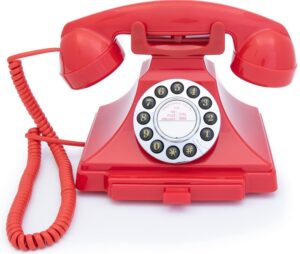IN THE category of strange place names, how about this one: Woestina. Located at Rotterdam Junction in New York State. Not too far from Saugerties and Valatie, and the Roeliff Jansen Park is also nearby. In Saugerties young kids once used to work in a sawmill, hence Zagertjes, the original spelling. At Valatie a small waterfall comes down, een valletje, and Roelof Janszoon de Haas owned land where the park is now.
Woestina is across from Sandsea Kill; kil is an old Dutch word for a creek, still in use in Holland, e.g., Sluiskil. They used to spell it Zandzee, because of the extensive sandy soils that the Dutch discovered in the area. We’re in the Rotterdam, New York area here, on the Mohawk River. It was immediately familiar territory for the Dutch. Lots of water, good soil, plenty of arable land. That’s what they called it, Bouwland. The first thing they did was plant fields. At the nearby Maalwyck, grain was gemalen, ground into flour. It is a park today.
THE NAME Bouwland now only appears in archives, but there was another vast field that they found. Useless, it was one big wasteland. And so it is still named today: Woestina, wasteland, in Dutch: woestenij. There’s a Woestina Cemetery, and a walk along the tombstones says it all: Dykeman, Streever, Peek, Veeder, Schuyler, Schermerhorn. Pastor Romeyn built a church there, the Woestina Reformed Church, but the full name is Dutch Reformed Church.
Not only Rotterdammers founded Rotterdam and Rotterdam Junction, but so did other Dutch immigrants who had boarded in Rotterdam for the voyage to America. The view of Rotterdam was the last memory they had of Holland before they said goodbye to their country for good. Folks such as Herman Vedder from Bunschoten who operated a ferry across the Mohawk near Rotterdam, New York, just as his neighbor back home had done on the Eem river at what is now Eemdijk. Vedder’s Ferry was the name of that place. Until Jan Hoffman took over from him, so now it’s called Hoffman’s Ferry.
ALPLAUS, a little further on, is a corruption of Aalplaats, because eels swam there, and Jan Wemps Creek refers to a Jan Wemp who had emigrated from Peize in Drenthe. Poest, they pronounced Peize in America, and yet another creek was named after him and his Drenthe descent, the Poestenkill, now the name of a small town as well. In short, things are busy there around Rotterdam, with good reason, because the area lends itself naturally for thoroughfares. That’s why Governor DeWitt Clinton, son of Marie de Witt from Dordrecht, routed the Erie Canal along Rotterdam. And also why railways chose to cross here.
Two tracks of rails still run through Rotterdam Junction, with switches that are still in full use. They come from Boston and Maine, and from New York, mostly freight trains. It is the reason why Rotterdam is much better known among railway companies than Amsterdam, 15 miles away, even though Amtrak briefly stops there – but Amsterdam has no junction.




